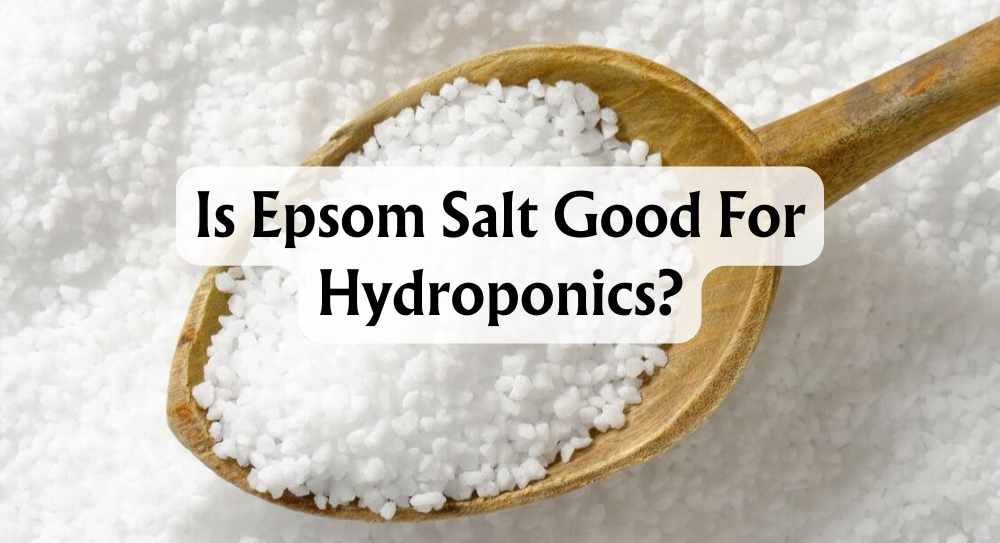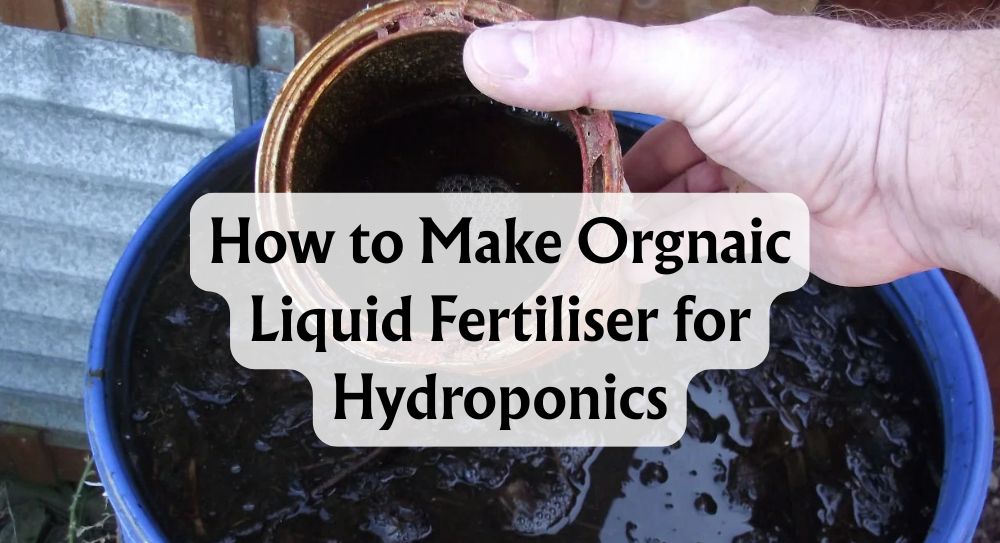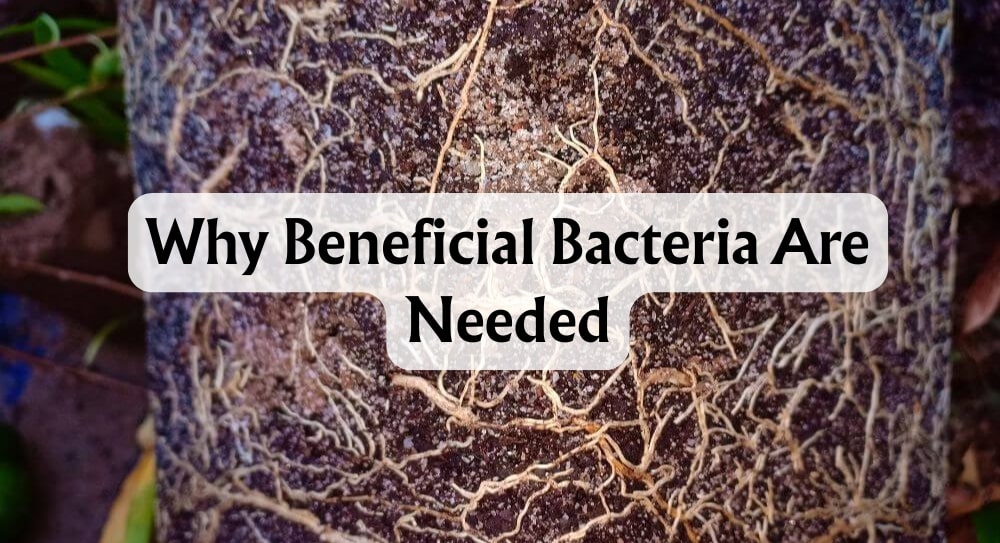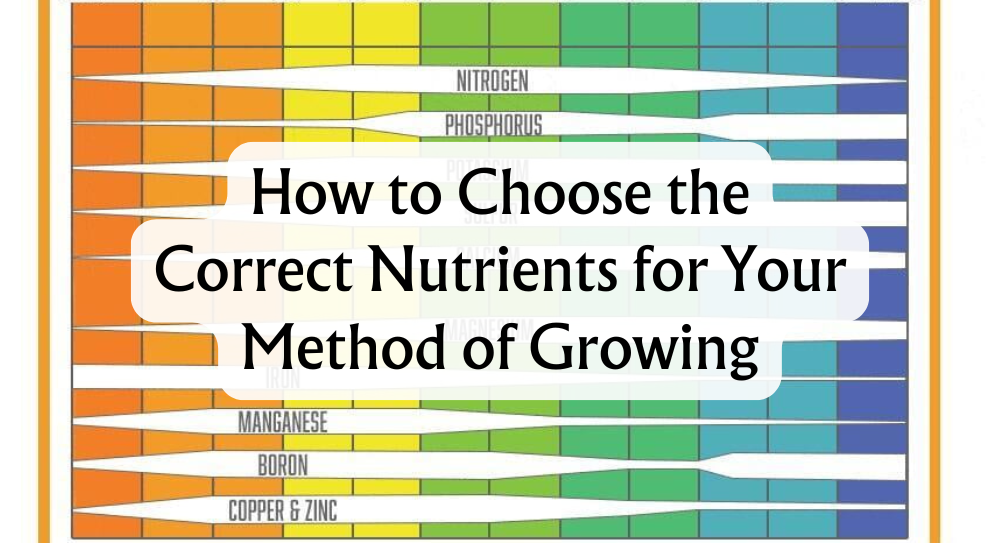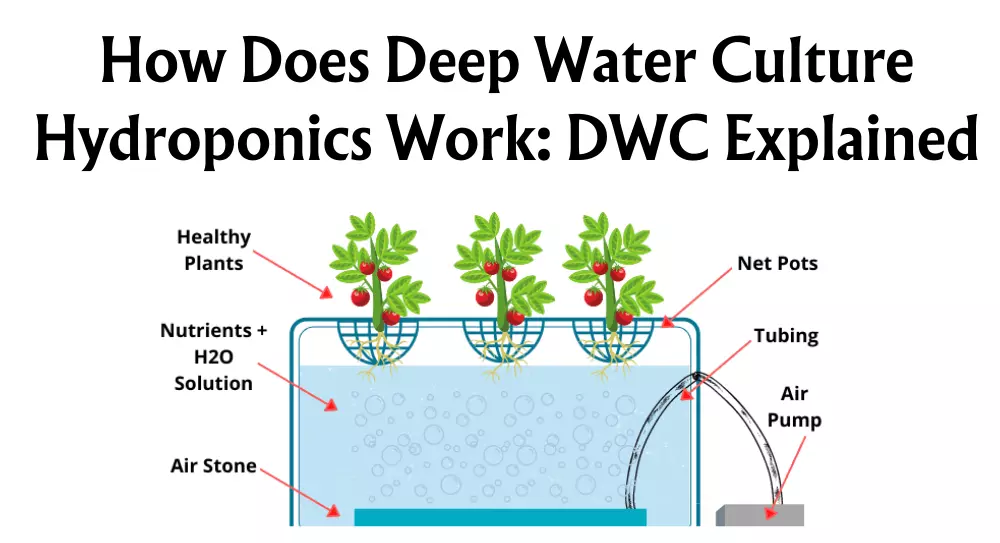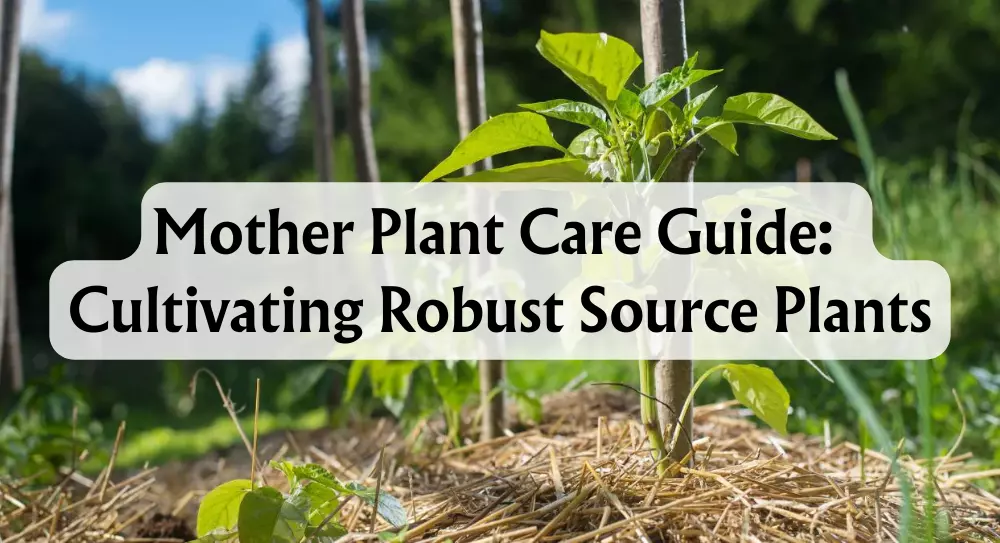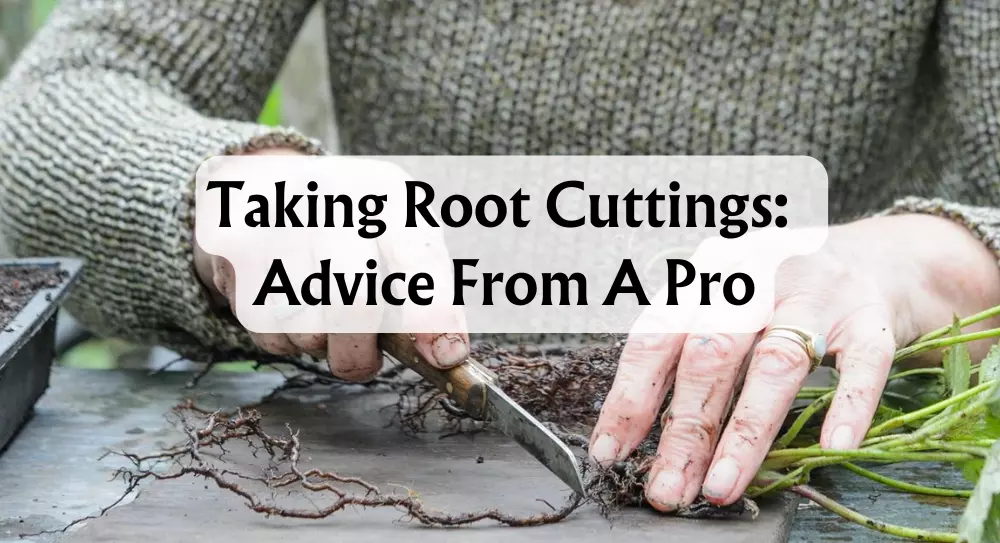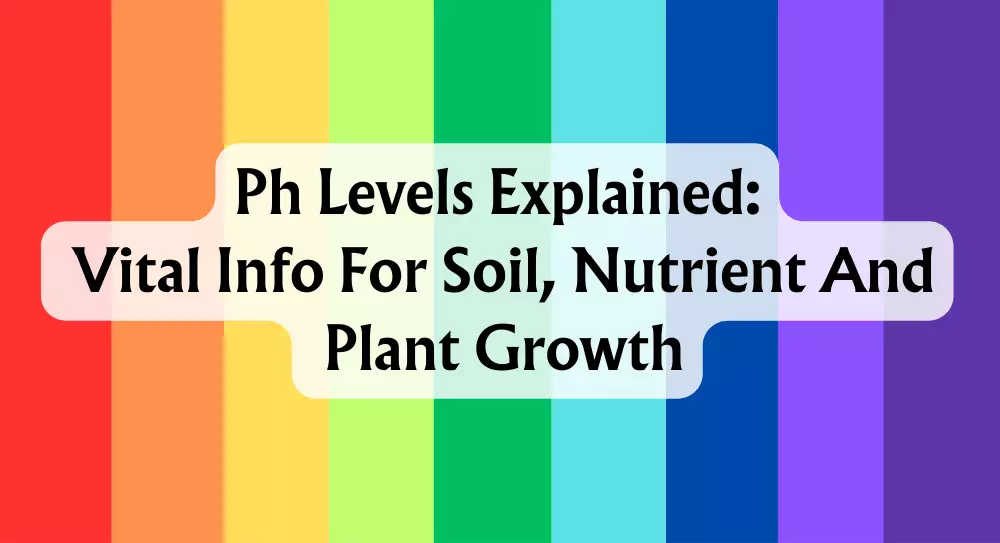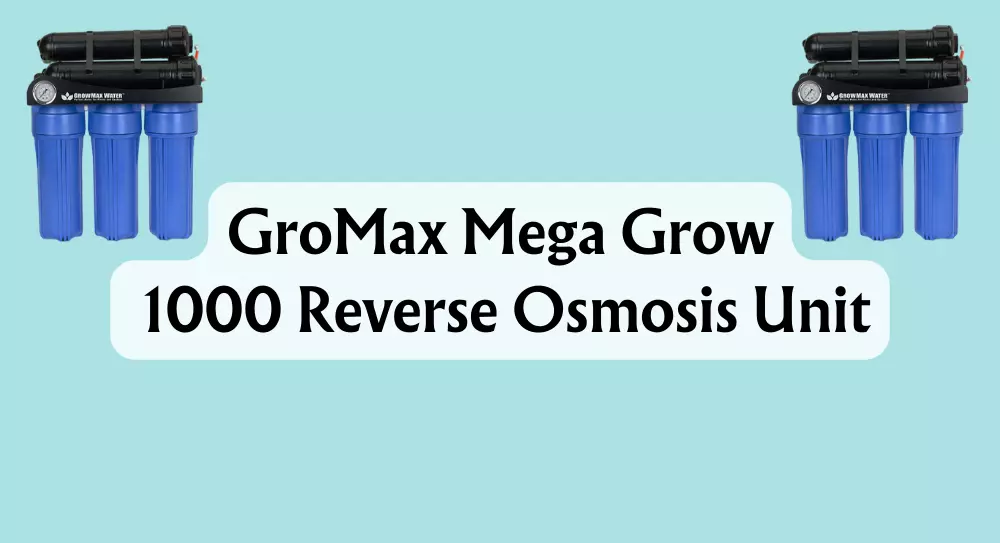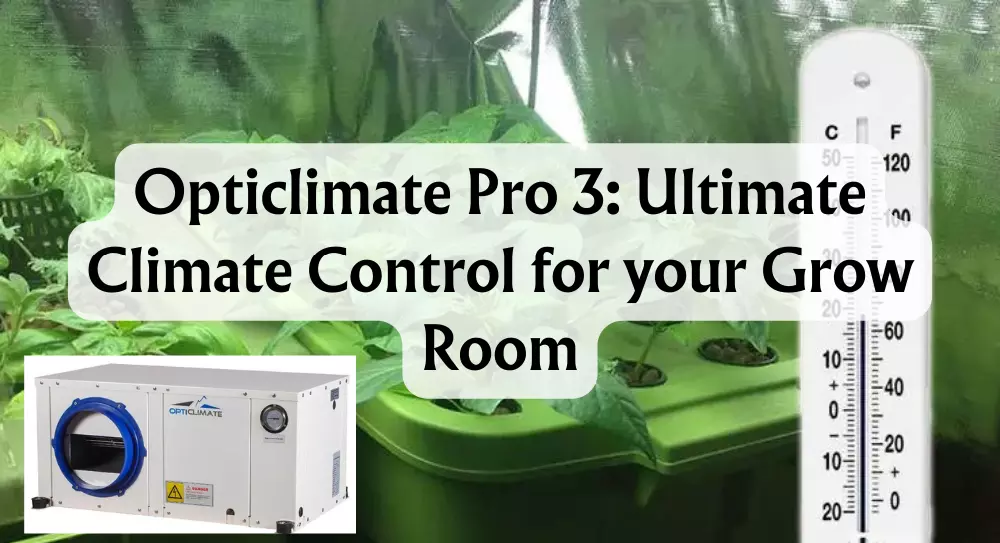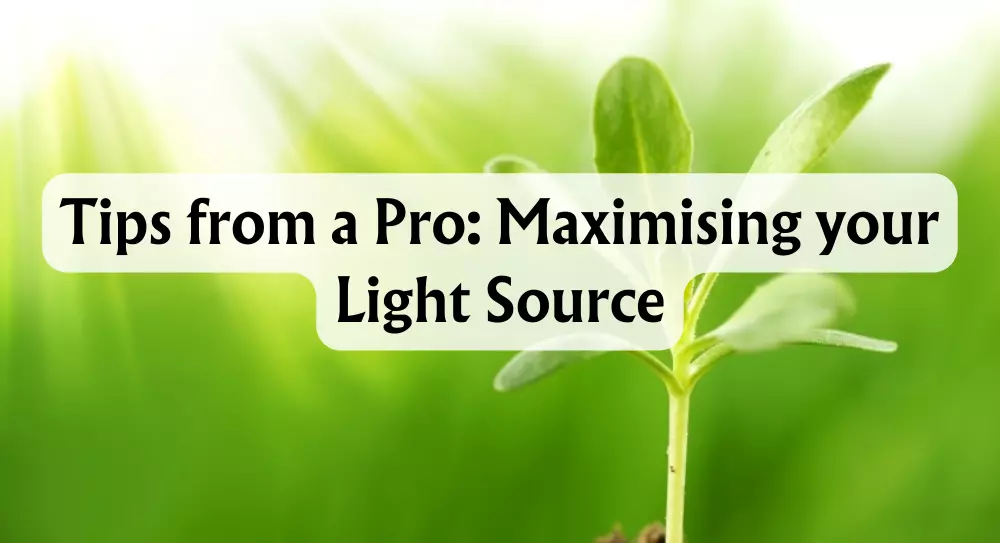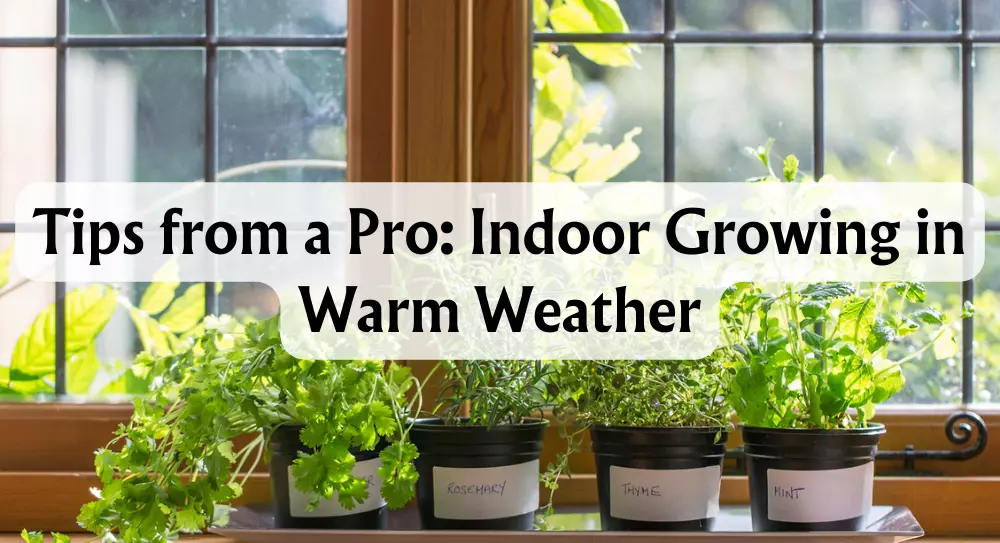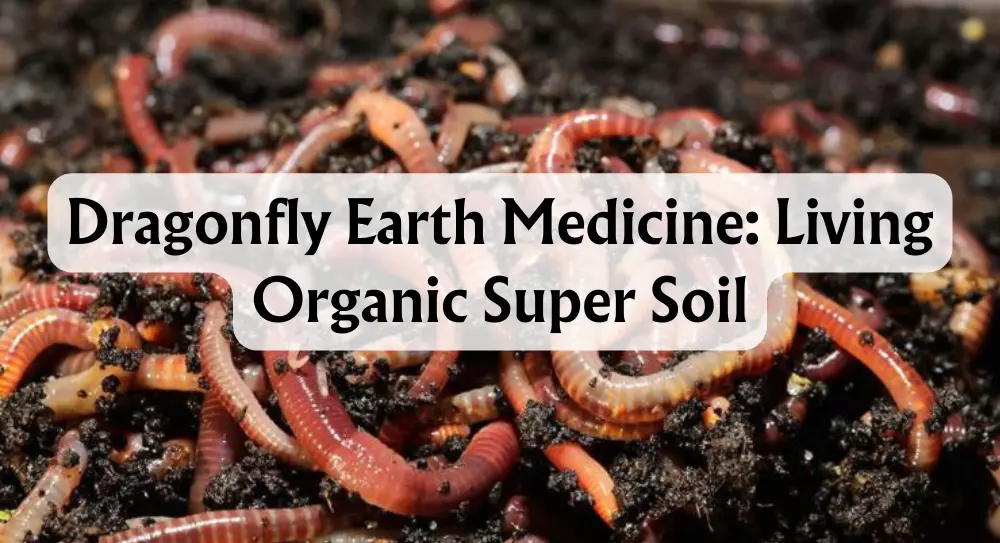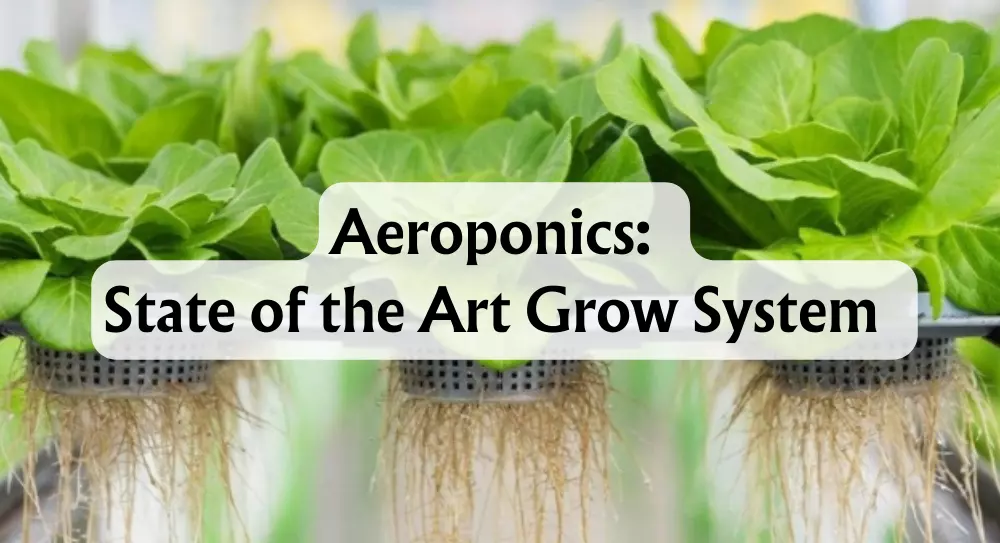How Much Epsom Salt for Hydroponics
Epsom salt is a popular addition in hydroponic gardening for its benefits to plant growth. When we’re managing fertilizers, magnesium and sulfur often come into focus due to their roles in plant health. For hydroponic systems, the recommended dosage is typically 1-2 teaspoons of Epsom salt per gallon of water. This helps ensure plants get the right amount of essential nutrients for optimal growth.
We know that getting the dosage right is crucial. Too much can lead to nutrient imbalances, while too little might not provide the benefits we're looking for. As hobbyists and seasoned hydroponic gardeners alike, we need to pay attention to the specific needs of our plants and our system's configuration.
Using Epsom salt is straightforward, but there are important tips for integrating it seamlessly into your routine. We’ll explore compatibility with other nutrients, how Epsom salt affects pH levels, and plant-specific requirements, ensuring that your hydroponics system thrives with this simple yet effective supplement.
Key Takeaways
- Epsom salt dosage is 1-2 teaspoons per gallon of water.
- Magnesium and sulfur are crucial for plant growth in hydroponics.
- Proper integration of Epsom salt enhances nutrient management.
What is Epsom Salt
Have you ever wondered what makes Epsom salt so special?
Epsom salt, also known as magnesium sulfate, is a chemical compound made up of magnesium, sulfur, and oxygen. Its chemical formula is MgSO₄. Interestingly, this compound occurs naturally in certain mineral waters.
Why do we call it Epsom salt? It was first discovered in the town of Epsom in Surrey, England, where people noticed its beneficial effects when dissolved in water. Ever since, the name has stuck!
You might be surprised to learn that Epsom salt isn't just for gardening. It's used in a variety of ways:
- Health and wellness: Many people add it to their bathwater to soothe sore muscles.
- Beauty: It’s often found in skincare products to exfoliate and soften the skin.
- Household cleaning: Some use it as a mild abrasive cleaner.
With its diverse applications and natural origins, no wonder Epsom salt is a favourite in so many households!
What Does Epsom Salt Do for Hydroponics
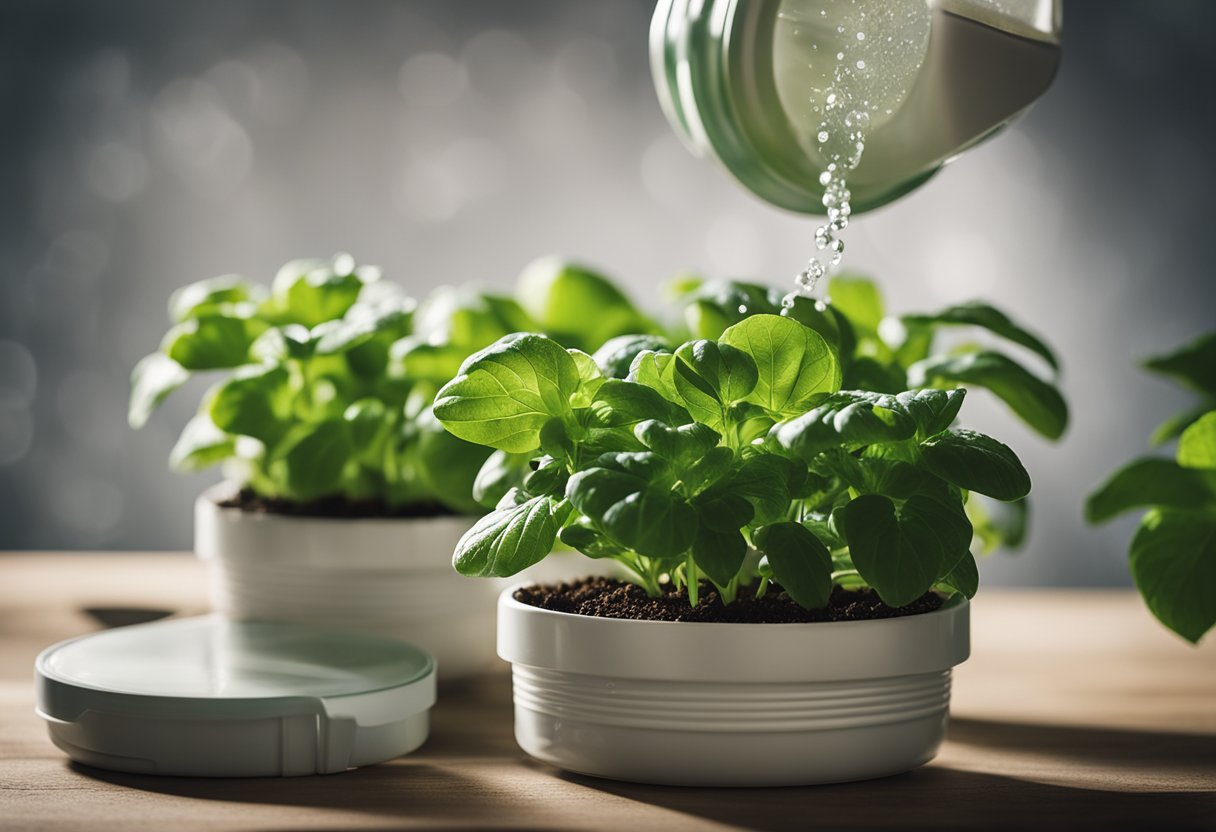
Alright, let's dive into what Epsom salt does for our hydroponic systems!
Epsom salt, or magnesium sulfate, is a fantastic addition to our nutrient solutions.
Magnesium Supplementation
First, the magnesium in Epsom salt is crucial for our plants. It plays a vital role in chlorophyll production, which gives plants their green colour and is essential for photosynthesis. Without enough magnesium, our plants can't capture sunlight effectively.
Sulfur Supplementation
Sulfur in Epsom salt helps with enzyme activation. This is like giving our plants a vitamin boost, aiding in nutrient uptake and improving their overall health.
Role in Plant Processes
Magnesium in Epsom salt boosts chlorophyll production, allowing our plants to absorb light better.
It enhances photosynthesis, helping plants convert light and nutrients into energy.
In a hydroponic setup, efficient nutrient uptake is critical, and Epsom salt helps make this possible.
Signs of Magnesium Deficiency in Plants
If our plants are low on magnesium, we might notice a few issues:
- Interveinal Chlorosis: Yellowing between leaf veins.
- Leaf Curling: Leaves curling upwards or downward.
- Stunted Growth: Slowed or halted growth patterns.
Keeping an eye out for these signs will help us ensure that our hydroponic nutrient solution is just right.
Quick Tips
- Add 1-2 teaspoons of Epsom salt per gallon of nutrient solution to maintain balance.
- Monitor plant responses and adjust as needed.
So there we have it—our plants thrive with the right dose of Epsom salt in the mix! Let's keep those green thumbs up!
Essential Tips for Using Epsom Salt for Hydroponics
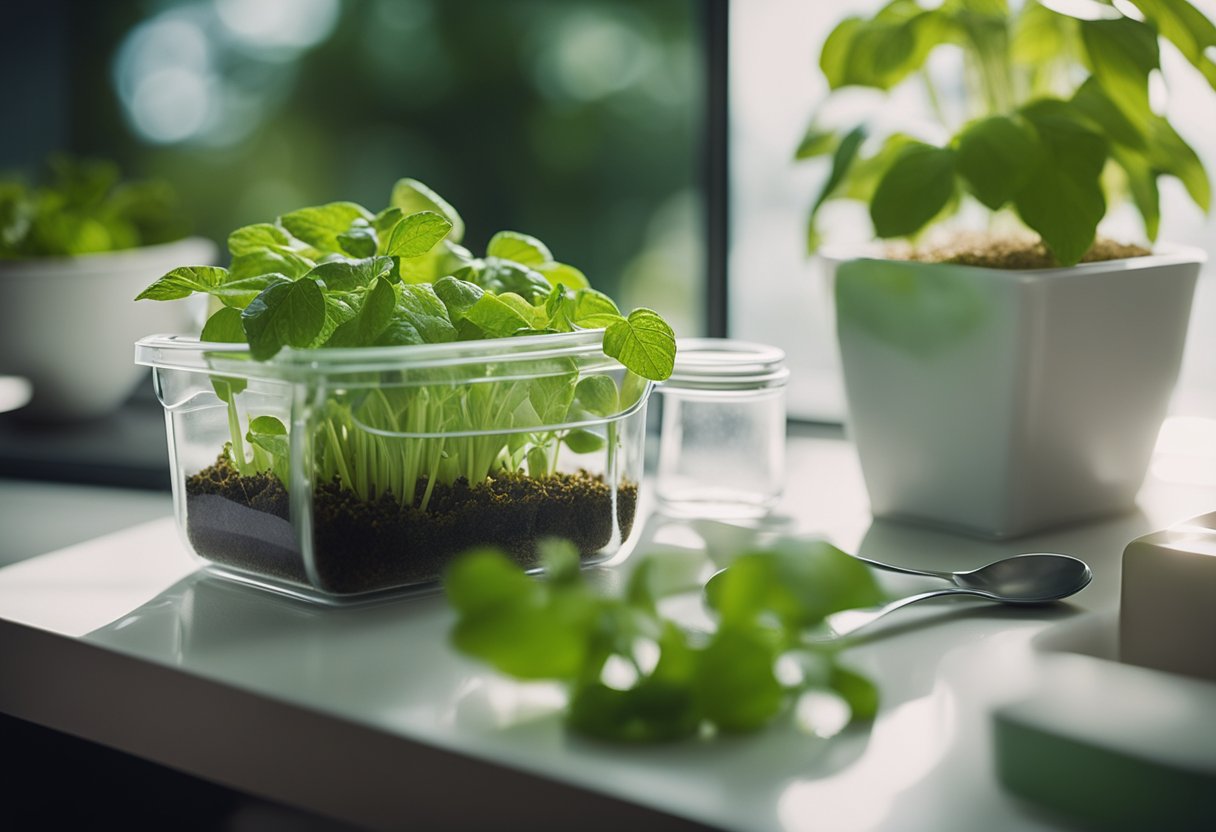
Let's dive into some essential tips for using Epsom salt in our hydroponic systems.
When to Use Epsom Salt
Epsom salt is a fantastic resource for preventing magnesium deficiencies in plants. We can use it as a preventative measure to ensure our plants consistently receive this essential nutrient. For corrective applications, Epsom salt is highly effective in addressing visible magnesium deficiencies, such as yellowing leaves between the veins.
Proper Dissolution Techniques
Ensuring that Epsom salt fully dissolves in water is crucial. We should dissolve it in warm water before adding it to our nutrient solution. A typical guideline is using one teaspoon per gallon of water. This practice helps maintain balanced pH levels and ensures an even distribution of nutrients like potassium, calcium, and iron.
Monitoring Plant Response
Regularly checking our plants will help us gauge their response to Epsom salt. Healthy, vibrant green leaves indicate a positive response. Observing changes and making adjustments can prevent issues like nutrient lockout. Providing the right hydroponic nutrients can maintain the equilibrium of macronutrients and micronutrients in the system.
Avoiding Overuse
While Epsom salt is beneficial, overusing it can cause nutrient imbalances. Sticking to recommended dosages prevents excessive magnesium build-up, which could interfere with the uptake of other essential nutrients like phosphorus and iron. Careful usage helps keep our plants healthy and productive without soil.
Case Study: Successful Recovery
We've seen impressive results with magnesium-deficient tomato plants. By adding Epsom salt to the hydroponic setup, the plants recovered within two weeks. The foliage turned green again, demonstrating Epsom salt's effectiveness in restoring magnesium levels. This is a testament to its role in maintaining a balanced nutrient profile.
Recommended Dosage
Let's talk about how much Epsom salt to use in our hydroponic system.
General Guidelines
Typically, 1-2 teaspoons per gallon of water is the standard recommendation. It’s simple and easy to follow, and this amount works well for most plants in various growth stages.
Factors Affecting Dosage
There are a few factors that can influence how much Epsom salt we should add to our hydroponic reservoir:
- Plant Type and Growth Stage: Some plants need more magnesium than others, and young plants often need different amounts compared to mature ones.
- Existing Nutrient Solution Composition: If our nutrient solution already has high magnesium levels, we might need less Epsom salt.
- Water Hardness: Soft water can result in needing more Epsom salt, while hard water might mean we need less.
Dosage Chart for Common Hydroponic Crops
Here's a handy chart to give us a quick reference:
| Plant Type | Growth Stage | Epsom Salt Dosage |
|---|---|---|
| Tomatoes | Seedling | 1 teaspoon per gallon |
| Mature | 1.5 teaspoons per gallon | |
| Lettuce | Seedling | 1 teaspoon per gallon |
| Mature | 2 teaspoons per gallon | |
| Peppers | Seedling | 1 teaspoon per gallon |
| Mature | 1.5 teaspoons per gallon |
Step-by-Step Tutorial: Calculating and Applying Epsom Salt
- Determine the Reservoir Size: Let’s say our sump holds 10 gallons of water.
- Calculate the Dosage: If we need 2 teaspoons per gallon, we’ll multiply 2 teaspoons by 10 gallons, giving us 20 teaspoons.
- Mix the Solution: Dissolve the calculated amount of Epsom salt in a separate container with warm water to ensure it dissolves properly.
- Add to Reservoir: Pour the solution into the reservoir, ensuring it mixes well with the nutrient solution.
- Monitor and Adjust: Keep an eye on nutrient levels and plant health. If needed, we can top off with small adjustments.
That’s it! Simple steps to get our plants thriving with the right amount of Epsom salt. Easy, right?
Benefits of Using Epsom Salt for Hydroponics
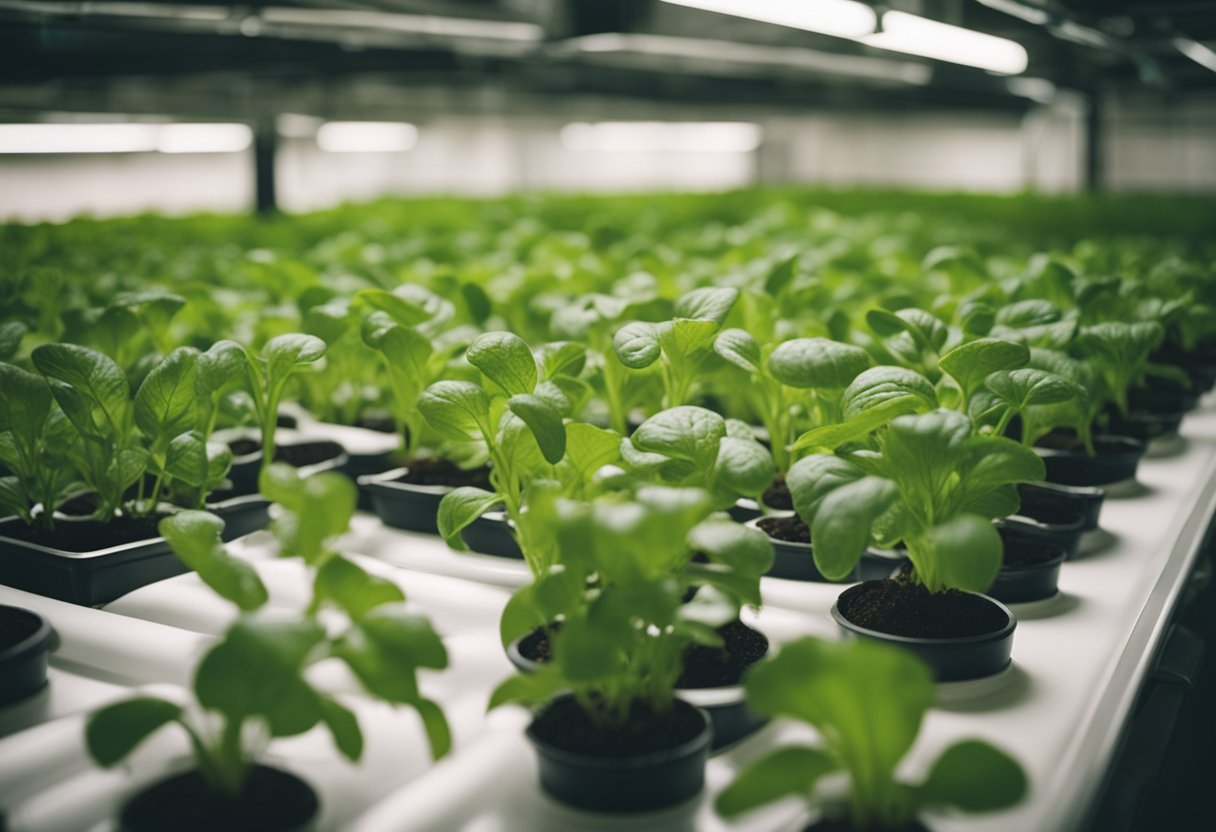
Epsom salt, also known as magnesium sulfate, offers several key benefits for hydroponic systems.
Cost-Effectiveness
Epsom salt is affordable and widely available, making it an economical choice for supplementing nutrient solutions. With its low cost, it’s a small investment with potentially large returns in plant growth and productivity.
Ease of Use and Availability
No need to jump through hoops to get our hands on Epsom salt—it’s readily available in garden centres and online. Plus, it's simple to measure and mix with water, making it user-friendly for hydroponic novices and experts alike.
Versatility Across Different Hydroponic Systems
Epsom salt works with a variety of hydroponic systems, whether we're using nutrient film technique (NFT), deep water culture (DWC), or aeroponics. Its adaptability makes it a favourite among hydroponic enthusiasts.
Rapid Absorption by Plants
Because Epsom salt dissolves completely in water, plants can absorb magnesium and sulfur quickly, promoting immediate improvements in health and growth. This means we can see benefits almost as soon as we incorporate it into our system.
pH Neutrality
Maintaining balanced pH levels is crucial in hydroponics. Luckily, Epsom salt is pH neutral, so it won’t affect the delicate balance of our nutrient solution, ensuring that plants continue to thrive.
Example: Improved Yield in Hydroponic Lettuce
We can look at hydroponic lettuce to see real-world benefits. Adding Epsom salt to the system has been shown to improve yield and enhance leaf quality, resulting in crisper, greener leaves.
Addressing Nutrient Deficiencies
Epsom salt provides essential nutrients. Magnesium is crucial for photosynthesis, while sulfur is vital for producing amino acids and enzymes. By adding Epsom salt, we can prevent and correct nutrient deficiencies that hinder optimal growth.
Enhanced Growth and Development
With adequate magnesium and sulfur, plants can photosynthesise more efficiently. We’ll see better growth, more robust development, and potentially higher yields.
Boosted Flower Production
For plants that produce flowers, like tomatoes and peppers, Epsom salt can significantly boost flower production. This means more fruits and a better harvest for us.
Reduced Water Usage
Epsom salt can help improve water retention in plants. This means less water wastage and more efficient water use, which is a win for both our garden and the environment.
Let’s sprinkle some Epsom salt magic and watch our hydroponic garden flourish!
Drawbacks of Using Epsom Salt for Hydroponics
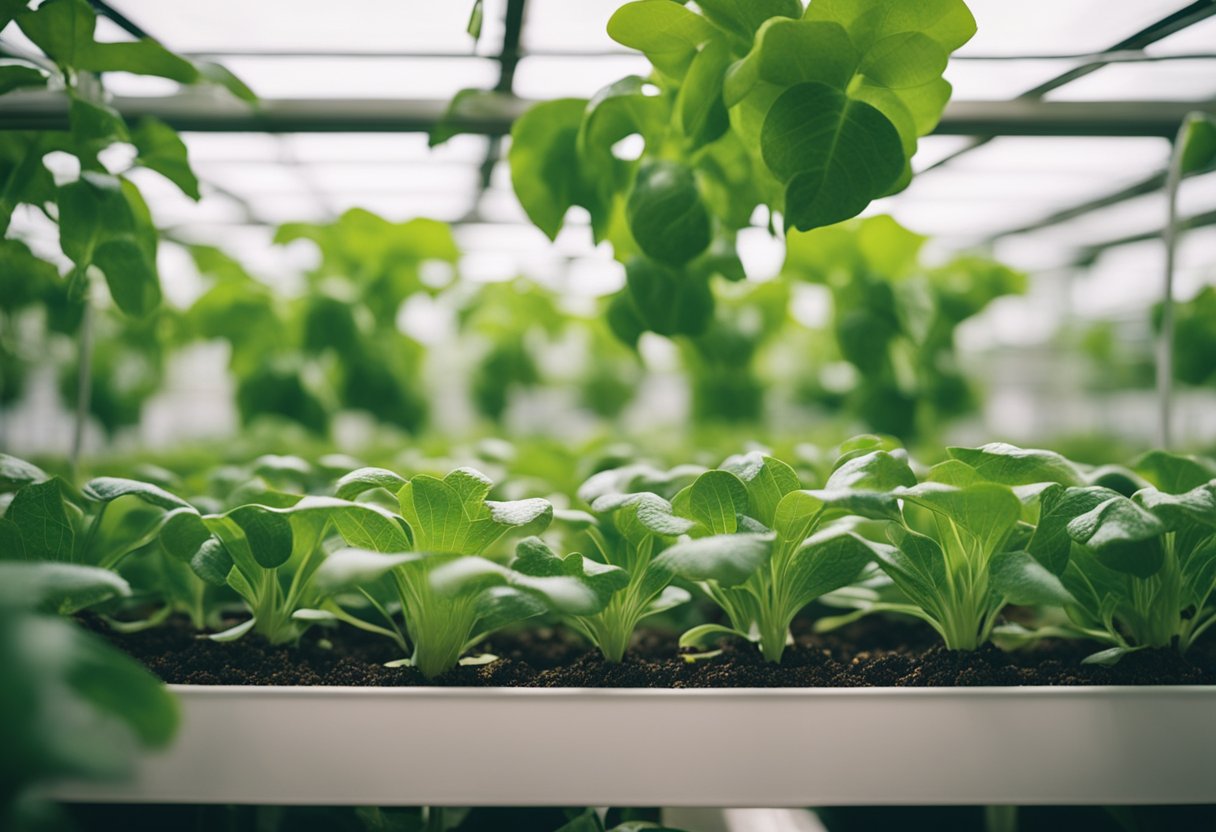
Epsom salt can be a game-changer in hydroponics, but it comes with some drawbacks.
Let's dive into them to keep our gardens thriving.
Risk of Overuse
Using too much Epsom salt can lead to excess magnesium in our system. This overabundance can cause nutrient imbalances, which leads to yellowing leaves and even stunted growth. Too much of a good thing, right?
Potential Interactions with Other Nutrients
Magnesium from Epsom salt can interfere with the uptake of other crucial nutrients. This interference can cause nutrient deficiencies, adversely affecting plant health. In hydroponics, balance is key, so watch out for this!
Limited Scope
Epsom salt only provides magnesium and sulphur. While they are important, relying solely on Epsom salt doesn't address other nutrient needs. We must ensure our plants get a well-rounded diet!
Case Study: Negative Effects of Epsom Salt Overuse
We once overused Epsom salt in our hydroponic herb garden. The result? Yellowing leaves, stunted growth and even some plants falling prey to diseases. It was a tough lesson, but it taught us the importance of moderation.
In our experience, while Epsom salt is beneficial, we must use it wisely to avoid these pitfalls. Balancing our nutrient mix and staying vigilant about plant responses can keep our hydroponics healthy and thriving.
Mixing Epsom Salt with Other Products
When we're diving into the world of hydroponics, mixing Epsom salt with other additives and nutrients can feel like a chemistry class all over again. But don't worry, we've got your back!
Compatibility with Common Hydroponic Nutrients
Epsom salt, or magnesium sulfate, is a great team player. It works well with most hydroponic nutrients, especially your standard NPK fertilisers. Whether you're using a 5-10-10 mix or something else, Epsom salt helps ensure your plants get the magnesium they need to thrive.
Precautions with Calcium-Rich Solutions
Here's a heads-up: mixing Epsom salt with calcium nitrate or other calcium-rich solutions requires a bit of finesse. If these are added directly together in large amounts, they can cause unwanted reactions like precipitation, reducing nutrient availability. To avoid this, add them sequentially and ensure adequate mixing and turbulence in your tank.
Using Epsom Salt in Organic Hydroponics
Going organic? Epsom salt still plays a key role. It's naturally occurring and can blend well with other organic hydroponic supplements. Just make sure your overall nutrient balance is maintained, as too much of one thing isn’t always better.
Synergistic Effects with Other Supplements
Certain combinations can give you a big boost. For instance, pairing Epsom salt with chelated iron can improve iron uptake. Similarly, blending it with potassium sulfate can provide both essential potassium and magnesium, enhancing plant growth.
We've all experienced the frustration when things don’t dissolve well in the tank. Ensure your mixing tank has good turbulence to dissolve Epsom salts completely. This prevents sediment and keeps the nutrient solution balanced.
Who knew mixing could be this exciting? With the right combination, our hydroponic system will be on its way to producing some of the healthiest plants out there!
Best Practices for Epsom Salt Use in Hydroponics
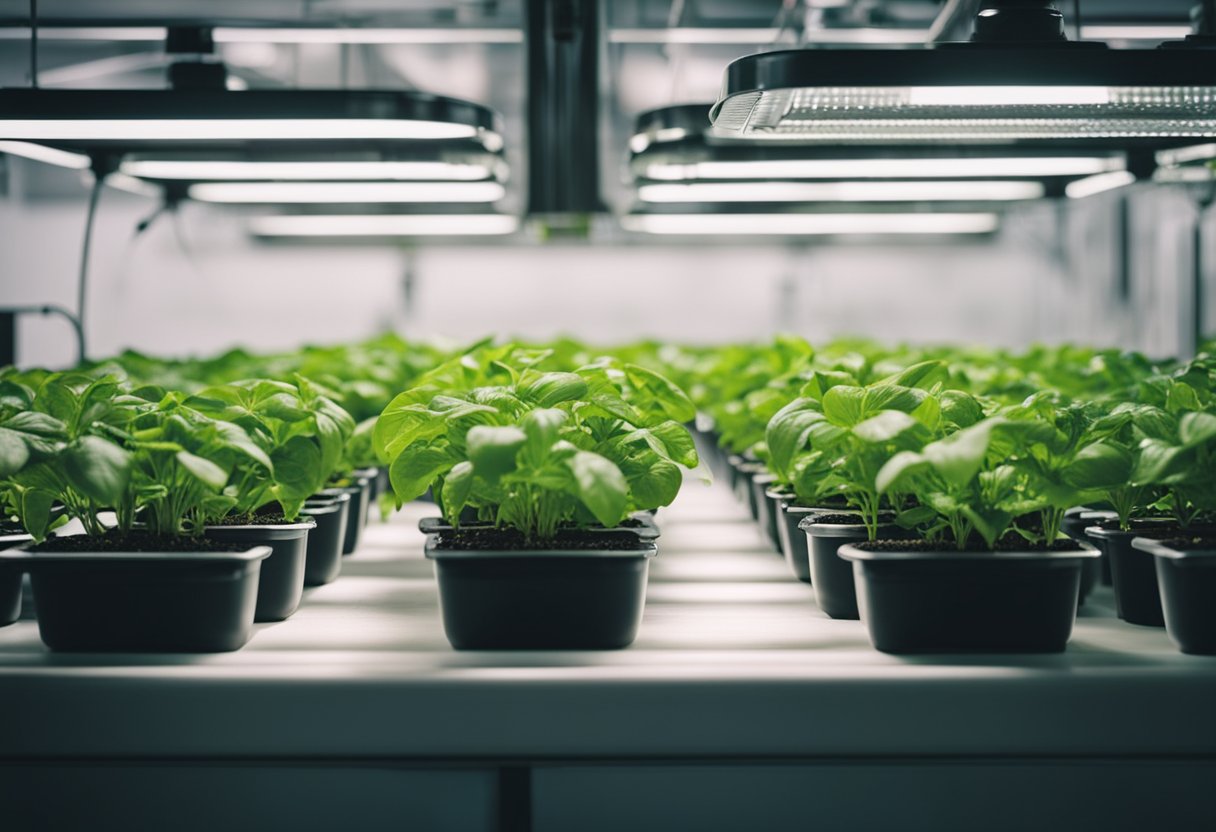
Let's dive right into how to use Epsom salt in our hydroponic systems for the best results.
First, regular water and nutrient testing is crucial. This helps us keep an eye on the magnesium and sulphur levels. Consistent monitoring ensures our plants are getting what they need without any nasty imbalances.
A gradual introduction and observation approach is wise. Start with 1-2 teaspoons of Epsom salt per gallon of water. If your plants show signs of magnesium deficiency, like yellowing leaves, we can adjust accordingly. Remember, it's always easier to add more than to fix a mistake.
We need to pay attention to our plant species and growth stages. Some plants, especially during flowering or root growth stages, might have specific needs. Always tailor the Epsom salt dosage to match those demands.
Minding the cleanliness of our hydroponic system is a must. Regular cleaning prevents build-ups of unwanted residues that could interfere with the nutrient absorption our plants rely on.
Let’s not forget the proper storage of Epsom salt. Keeping it in a cool, dry place away from moisture ensures it remains effective for longer periods.
Rotating crops can help us balance nutrient needs over time. Different plants have varied demands, and rotating them can prevent specific nutrient deficiencies or imbalances from taking hold.
Monitoring plant response is key. Look out for signs of both deficiency and excess and adjust the Epsom salt accordingly. This way, we keep our plants happy and healthy.
Got a greenhouse? That’s great! Maintaining a stable environment can make our nutrient management even easier.
These best practices will help us get the most out of our hydroponic systems, keeping our plants thriving without any fuss.
Conclusion
We've shared some vital details on using Epsom salt for hydroponics. It's amazing how such a simple compound can make a huge difference in our gardening success.
First, dosage is crucial. Generally, 1-2 teaspoons per gallon of nutrient solution works well. However, this can vary based on plant species and growth stages.
Tip: Always start with a lower concentration and observe how your plants respond before making adjustments.
Balanced nutrient management is key. Epsom salt provides essential magnesium and sulfur, but it's not a one-stop solution.
Example: Combine Epsom salt with other nutrients to ensure a well-rounded nutrient profile.
Experimentation is our best friend here. Not all plants have the same needs, so don't be afraid to tweak your formula.
Fun Fact: Did you know that different plant species might require unique concentrations? Keeping a log of your adjustments and results can be really helpful.
We should keep learning and sharing our experiences. Hydroponic gardening is an ever-evolving field, and what works today might improve tomorrow.
So there we have it! Epsom salt can be a valuable addition to our hydroponic setups. Let's keep experimenting, learning, and growing together.







 Store Locator
Store Locator
